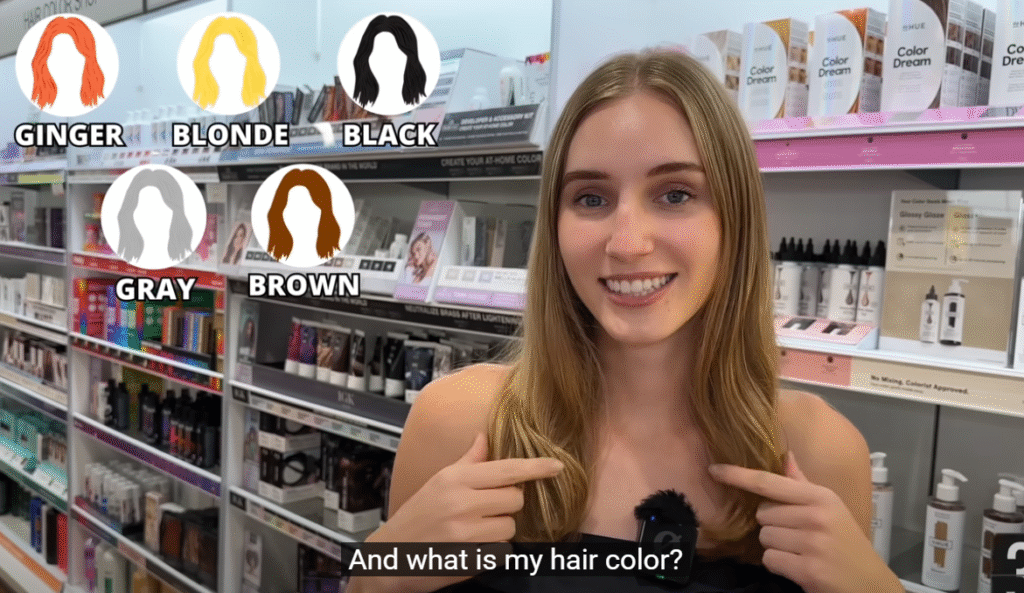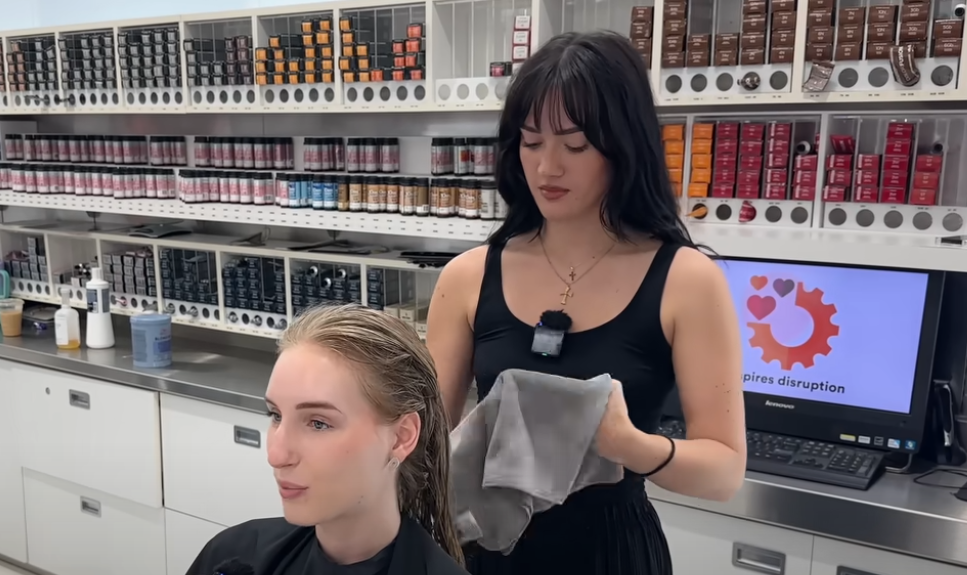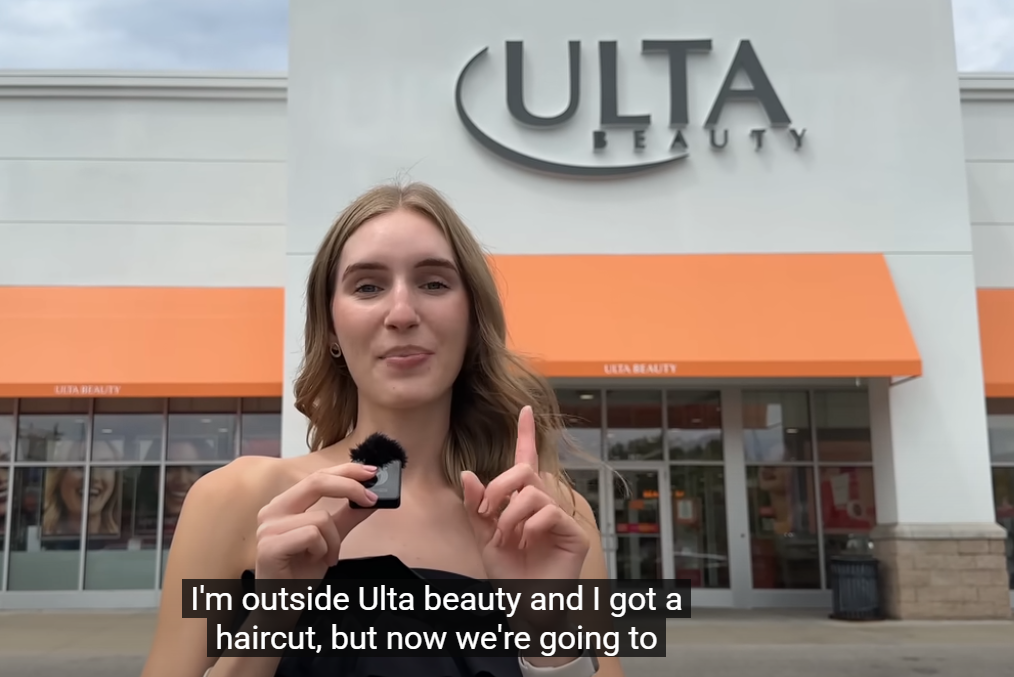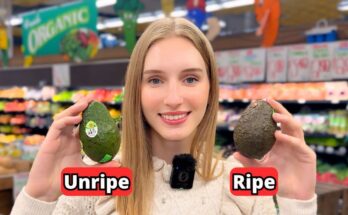Getting a haircut in an English-speaking country can be both exciting and intimidating—especially if English isn’t your first language. You might know what you want your hair to look like, but how do you explain it in English? How do you talk to your hairdresser or barber? What words and phrases should you use?
This article is a complete guide on how to get a haircut in English, including common vocabulary, useful phrases, example conversations, and cultural tips. Whether you’re at a salon or a barbershop, you’ll learn how to communicate clearly and confidently.

1. Booking the Appointment
If you’re going to a popular salon, you may need to make an appointment in advance. Here’s how to ask:
- “Hi, I’d like to book a haircut.”
- “Do you have any openings this week?”
- “Can I get a haircut tomorrow at 2 p.m.?”
- “Is walk-in available?” (A walk-in means you don’t need an appointment.)
They might respond:
- “Sure! We have a slot at 2 p.m.”
- “Would you prefer morning or afternoon?”
- “We’re fully booked today, but we have time tomorrow.”
If you’re calling by phone, speak slowly and clearly. Repeat the time and date if needed.

2. Talking About Your Hair
Once you arrive at the salon or barbershop, your stylist might ask questions about what you want. To prepare, learn these words:
Hair Types:
- Straight
- Wavy
- Curly
- Thick
- Thin
- Frizzy
Hair Length:
- Short
- Medium
- Long
- Shoulder-length
- Chin-length
Hair Parts:
- Bangs (fringe in British English)
- Layers
- Ends
- Roots
- Sideburns
Common Hair Services:
- Trim (a small cut to clean up the ends)
- Cut (a full haircut)
- Fade (a gradual cut, often used for men)
- Shave
- Blow-dry
- Wash and style
- Color/dye
- Highlights
3. Describing the Haircut You Want
This is the most important part! Be clear and simple when describing your haircut. Some useful phrases:
- “I’d like a trim, just the ends, please.”
- “Can you take off two inches?”
- “I want layers.”
- “Please keep the length, but clean up the shape.”
- “I want short hair, above my shoulders.”
- “I want a fade on the sides and a bit longer on top.”
- “No bangs, please.”
- “Can you thin out the back? It feels too thick.”
If you’re unsure how to explain what you want, you can:
- Show a photo (this is very helpful!)
- Use your hands to show the length
- Ask for advice: “What do you think would look good on me?”

4. Example Conversation
Here’s an example of a simple conversation with a hairdresser:
Stylist: Hi! What are we doing today?
You: Hi! I’d like a trim, please. Just the ends—about an inch.
Stylist: Sure! Do you want to keep the layers?
You: Yes, please. And can you shape the front a little?
Stylist: Absolutely. Would you like me to blow-dry it after?
You: Yes, that would be great. Thank you!
5. During the Haircut
During the haircut, the stylist may check in with you. Listen for these common questions:
- “Is this length okay?”
- “Do you want me to go shorter?”
- “How’s that looking?”
- “Would you like me to style it at the end?”
- “Do you want any product in your hair?” (e.g. gel, mousse, hairspray)
You can respond with:
- “Yes, that’s perfect.”
- “A little shorter, please.”
- “That looks good.”
- “I’d like a bit more off the top.”
If you don’t understand something, don’t be afraid to say:
- “Sorry, can you repeat that?”
- “What does that mean?”
- “I’m learning English. Please speak slowly.”
Most stylists will be happy to help!

6. After the Haircut
When your haircut is finished, your stylist may say:
- “How do you like it?”
- “Would you like to book your next appointment?”
You can respond with:
- “It looks great! Thank you.”
- “I love it.”
- “Yes, let’s book for six weeks from now.”
- “I’ll call to schedule next time.”
Then you’ll go to the front desk to pay. You can say:
- “How much is it?”
- “Can I pay by card?”
- “Do you accept tips?”
It’s common to leave a tip in English-speaking countries, especially in the U.S. A tip of 15–20% of the total cost is polite.
7. Cultural Tips
Here are a few cultural things to keep in mind:
- Be polite and friendly. Saying “please” and “thank you” goes a long way.
- Be on time for your appointment.
- Ask questions if you’re not sure what the stylist is saying.
- Show a photo to avoid confusion.
- Tipping is expected in some countries, like the U.S., Canada, and the UK.
- Compliment the stylist if you’re happy with the result!
8. Practice Makes Perfect
If you’re nervous, practice your conversation at home before your appointment. Try saying it in front of a mirror, or write it down and memorize key phrases.
You can also try this short dialogue:
Practice Dialogue:
Receptionist: Hello! Do you have an appointment?
You: Yes, I have one at 2:00 p.m. with Lisa.
Stylist: Hi! What are we doing today?
You: I’d like a trim—just clean up the ends. And maybe add some layers?
Stylist: Sounds good. How much do you want to cut off?
You: About one or two inches. I want to keep the length.
Stylist: Great. Let’s get started!

9. Bonus Vocabulary
Here are a few more helpful words:
| Word or Phrase | Meaning |
|---|---|
| Scissors | Cutting tool for hair |
| Clippers | Electric tool for short hair |
| Hair dye | Color used to change hair color |
| Roots | The base of your hair, near the scalp |
| Blowout | Styling with a blow-dryer for volume |
| Conditioner | Cream used after shampoo to soften hair |
| Fringe (UK) / Bangs (US) | Hair across the forehead |
| Split ends | Damaged tips of the hair |
| Updo | Hair styled up for a special occasion |
Conclusion
Getting a haircut in English doesn’t have to be stressful. With a little practice and preparation, you can communicate what you want and have a great experience. Use the phrases and vocabulary from this guide, stay confident, and don’t be afraid to ask questions. Every haircut is a chance to improve your English—and leave the salon or barbershop looking and feeling your best!
So next time you need a trim or a whole new style, don’t hesitate. Go get that haircut in English, and speak like a pro while you do it! 💇♀️💇💬✂️🇬🇧🇺🇸


